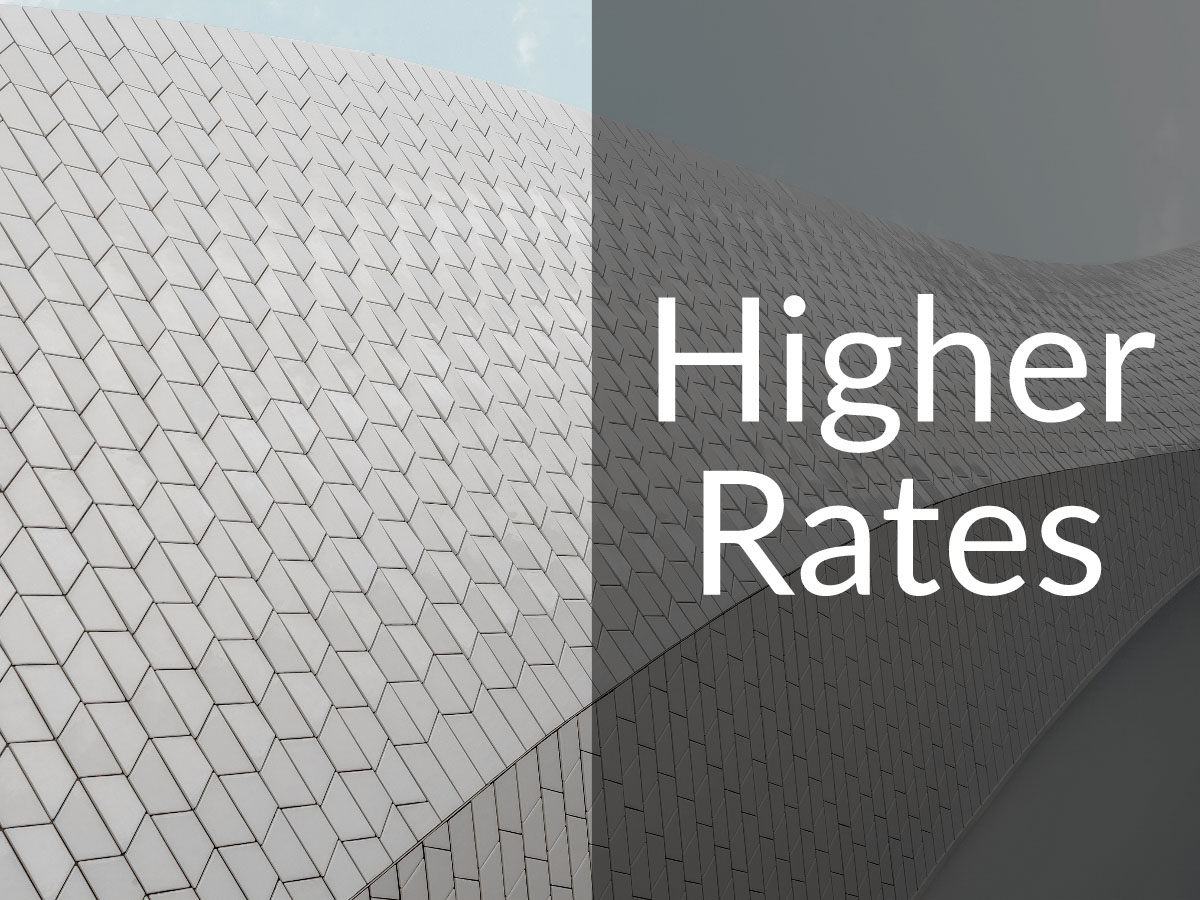We explore six impacts of higher interest rates on housing, capital projects, stock buybacks, excess returns for stocks, bonds, and other asset classes, and individual opportunity costs.

Topics covered include:
- Where current interest rates stand
- Central banker predictions for how long cash yields will stay this high
- Why housing is the least affordable since the early 1980s
- Why new apartment building construction has collapsed
- What has been the excess return for stocks, bonds, and other asset classes when interest rates are higher and lower
- Why there will be fewer stock buybacks and how that can impact earnings per share
- Which alternative investments do better when short-term interest rates are higher
- Why financial opportunity costs have increased and how that should impact our investment and other financial decisions.
Show Notes
Summary of Economic Projections—The Federal Reserve
The Apartment Market Is Hitting a Construction Lull by Will Parker—The Wall Street Journal
30-Year Fixed Rate Mortgage Average in the United States—FRED Economic Data
Americans Are Still Spending Like There’s No Tomorrow by Rachel Wolfe—The Wall Street Journal
Honey, the Fed Shrunk the Equity Premium by Portfolio Solutions Group—AQR
Episode Sponsors
Madison Trust Self-Directed IRA – Go here to learn more and get your $100 promo code
NetSuite – Get your free KPI checklists
Related Episodes
384: Has a Commodities Bull Market Supercycle Started? If So, How Do You Invest in It?
435: Is It Better to Rent or Buy a House?
448: Where Are Interest Rates Headed Next? Insights from the Jackson Hole Symposium
Transcript
Welcome to Money for the Rest of Us. This is a personal finance show on money, how it works, how to invest it, and how to live without worrying about it. I’m your host, David Stein. Today is episode 450. It’s titled “How Higher Interest Rates Alter Our Financial Blueprint.
Higher Interest Rates
Yesterday the 10-year Treasury bond yield hit 4.7%, its highest level since 2007. The 30-year Treasury bond yield was 4.8%, the highest since 2010. The real yield as reflected in 10-year Treasury Inflation Protection Securities is 2.3%.
The difference between the 4.7% nominal yield for 10-year Treasuries and the 2.3% real yield is the bond market’s consensus for average annual inflation over the next decade. The 4.7% nominal yield minus the 2.3% real yield equals expected inflation of 2.4%.
Higher interest rates, when driven by higher real yields rather than by higher expected inflation—that’s good news for us as investors and savers. It means we can earn positive, nearly risk-free returns, greater than inflation. For borrowers, however, higher interest rates are more of a burden. In this episode, we’re going to consider six impacts of higher interest rates.
We discussed what was driving higher interest rates two weeks ago in episode 448, and in that episode, we looked at some reasons for higher real yields over the long term. More innovative ideas, greater productivity, faster economic growth, with plenty of jobs.
That can lead to higher real rates of interest, along with modest levels of inflation if there aren’t capacity constraints, if there’s enough capacity to meet demand. If there are fewer new ideas, population shrinkage, lower productivity, slower economic growth, that would lead to lower real interest rates. Wouldn’t we want to have the former? Higher real rates because of a robust global economy with more innovation, more opportunity, more jobs?
Last week, in episode 449, we touched on the sustainability of the national debt, how that could lead to higher interest rates due to an increased term premium, the additional compensation investors demand for uncertainty regarding the Federal Reserve, uncertainty regarding the federal government, and that that could push up interest rates without the good reasons—the innovation, more jobs, greater productivity. Rates then could go either way, and central bankers don’t know where interest rates are going to be in the future.
Higher Policy Rates for Longer
The Federal Reserve Open Market Committee, these highly-trained economist, business practitioners, they make forecasts on what they believe the policy rate, short term interest rates, as represented by the Fed funds rate, will be at the end of 2023, 2024, 2025, 2026, and the longer run. This is sometimes known as the dot plot.
They released a new version at their September meeting. In the near term, this year, the expectation is between 5.4% and 5.6% for the Fed funds rate. Next year, in 2024, the range is a little wider, 4.4% to 6.1%. Looking into 2025, an even wider range—2.6% to 5.6%. And in 2026, three years from now, the range is expected to be between 2.4% and 4.9%. So a fairly wide range.
Now, how good are forecasters in predicting, at least in the case of the Federal Open Market Committee, a rate that they’re responsible for setting? And they set that rate, as we discussed in the last few episodes, based on whether they want monetary policy to be more restrictive, to slow the economy, to hopefully put some upward pressure on longer-term rates? Or do they want the policy rate to be more accommodative, lower interest rates?
As a Money For the Rest of Us Plus member, you are able to listen to the podcast in an ad-free format and have access to the written transcript for each week’s episode. For listeners with hearing or other impairments that would like access to transcripts please send an email to team@moneyfortherestofus.com Learn More About Plus Membership »
